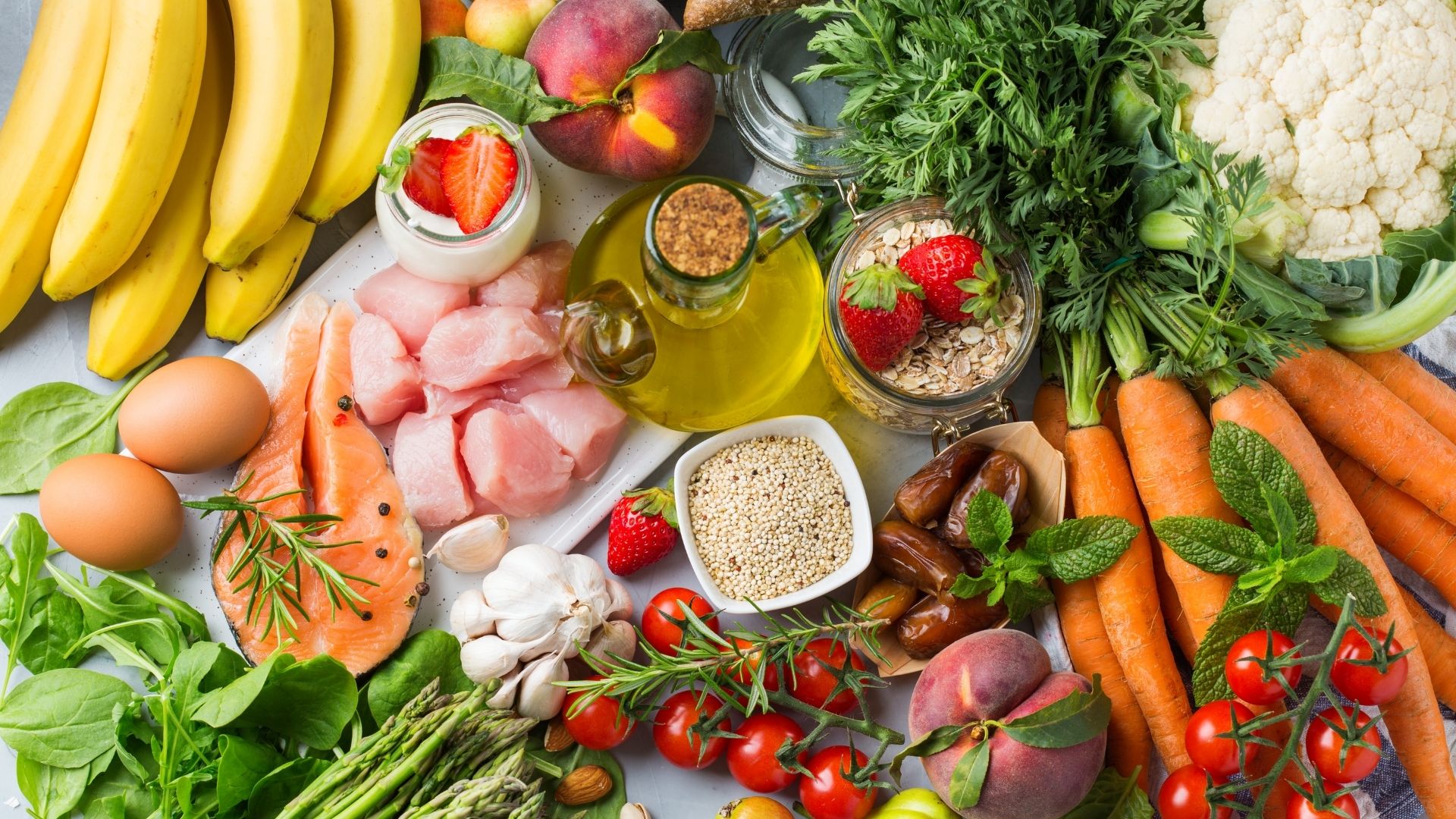
Eating a Legume-Rich DASH Diet May Lower Blood Pressure Further in Type 2 Diabetes
Eating a Dietary Approaches to Stop Hypertension (DASH) diet containing more legumes and less red meat than the traditional DASH diet may further reduce blood pressure, a new randomised study has found.
Notably, participants eating the legume-rich DASH diet reduced their blood pressure by 3.8mmHg more than those eating the traditional diet.
The study, “Effect of legumes in energy reduced dietary approaches to stop hypertension (DASH) diet on blood pressure among overweight and obese type 2 diabetic patients: a randomised trial,” was published in Diabetology & Metabolic Syndrome.
Hypertension, a risk factor for cardiovascular disease, affects 70% of people with type 2 diabetes. The landmark UK Prospective Diabetes Study showed that reducing blood pressure by 10 mmHg reduces CVD risk and death by up to 12% in type 2 diabetes.
The DASH diet, which includes whole grains, fruits, vegetables, legumes, and low-fat dairy with minimal red and processed meat, is clinically proven to reduce blood pressure. The DASH diet typically includes two daily servings of red meat. However, with dietary guidelines emphasising reducing red meat and increasing plant-based proteins, it is unknown if replacing red meat with legumes in the DASH diet could further reduce hypertension risk, especially in type 2 diabetes.
Researchers in Tehran, Iran, recruited patients with type 2 diabetes enrolled on the Tehran Lipid and Glucose Study (TLGS). The participants were allocated to a calorie-reduced traditional DASH diet or a legume-rich DASH diet over 16 weeks.
The traditional DASH diet contained 8-12 servings of fruits and vegetables, 7-15 servings of whole grains, 2-3 servings of low-fat dairy products, two servings of red meat, and one serving of nuts and seeds daily with limited intake of sweets and sugar (five servings per week). The legume-rich DASH diet was similar to the traditional diet except that one serving of red meat was replaced with one serving of legumes at least five days per week.
Dietitians monitored the participants’ diet regularly throughout the study, and before and after the study, the researchers measured the participants’ weight, blood pressure, triglycerides and cholesterol.
A total of 284 adults completed the study. The mean age of the participants was 55 years, 57.1% were male, and the average BMI was 30.4. Participants eating the legume-rich diet significantly reduced their red meat, saturated fat and cholesterol intake and increased their legume and fibre intake compared to those eating the traditional diet. However, intake of other foods, including fruit, vegetables, whole grains, refined grains, nuts and seeds, low-fat dairy products, and sodium, was similar in both groups.
While weight loss was similar in both groups, participants eating the legume-rich diet reduced their blood pressure significantly more than those eating the traditional diet. Blood pressure decreased the most when participants ate more than 95.8 g of legumes and reduced refined grains by 29.8-76.2g per day. However, eating more than 127.6g of legumes did not decrease blood pressure further.
Notably, increased intakes of vegetables and fruits (up to a certain threshold) were associated with lower blood pressures. In contrast, high sweet, energy and sodium intakes were associated with higher blood pressures. Interestingly, whole grain, red meat, low-fat dairy products, and nut intake did not affect blood pressure.
“In the current trial among obese and overweight type 2 diabetic participants, the SBP [systolic blood pressure] was reduced by replacing one serving of red meat with legumes in the DASH diet at least 5 days a week over 16 weeks. Further investigations of food groups in the DASH diet showed that SBP decreased with increasing vegetable intake, while it increased with increasing intake of energy, sodium and sweets,” the researchers wrote.
“Moreover, the lowest SBP was observed with reducing the intake of refined grains by 29.8-76.2 g/day and increasing legumes y more than 98 g/day. Additionally, when the intake of fruits exceeded certain thresholds, blood pressure did not decrease,” they added.
One limitation of the study was that participants knew the aim of the study, which may have affected their behaviours. Participants were also required to cook their meals, so the researchers could not accurately determine if they adhered to the diet.
It is worth noting that socioeconomic status affects diet quality. Since participants in this study had middle to high socioeconomic status, these results may not apply to participants with low socioeconomic status.
Still, “the DASH diet, enriched in legumes, could improve SBP in participants with type 2 diabetes. In DASH diet, the balance of consumption of refined grains and fruits along with higher consumption of vegetables and lower consumption of sweets, sodium and energy-reduced SBP,” the researchers concluded.
The Bottom Line
The DASH diet is clinically proven to reduce blood pressure in healthy individuals and those with high blood pressure, cholesterol and triglycerides without type 2 diabetes. This study shows that while a traditional DASH diet reduces blood pressure in people with type 2 diabetes, a modified DASH diet containing more legumes (up to 127g daily), fewer refined grains and one less serving of red meat could further reduce blood pressure.
Need more legume recipes? Check out my chipotle borlotti beans with sweet chilli salmon, tofu in sweet chilli sauce or tofu in vegan oyster sauce.


